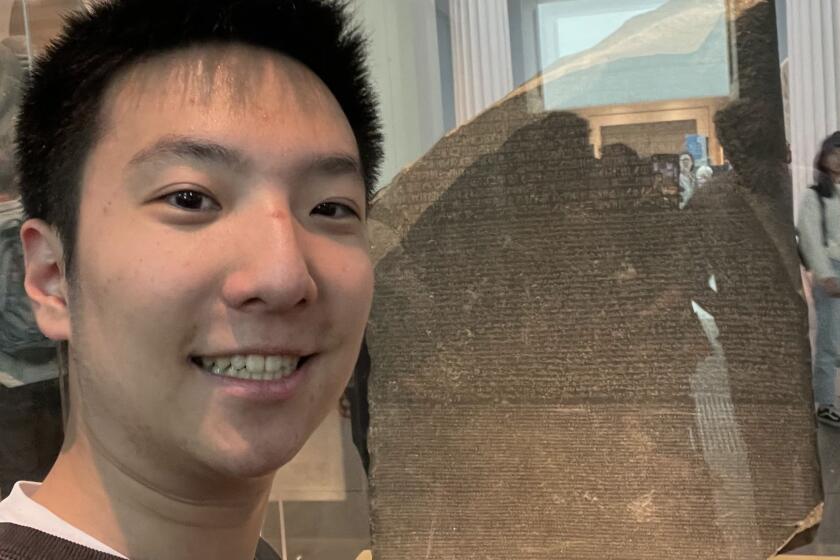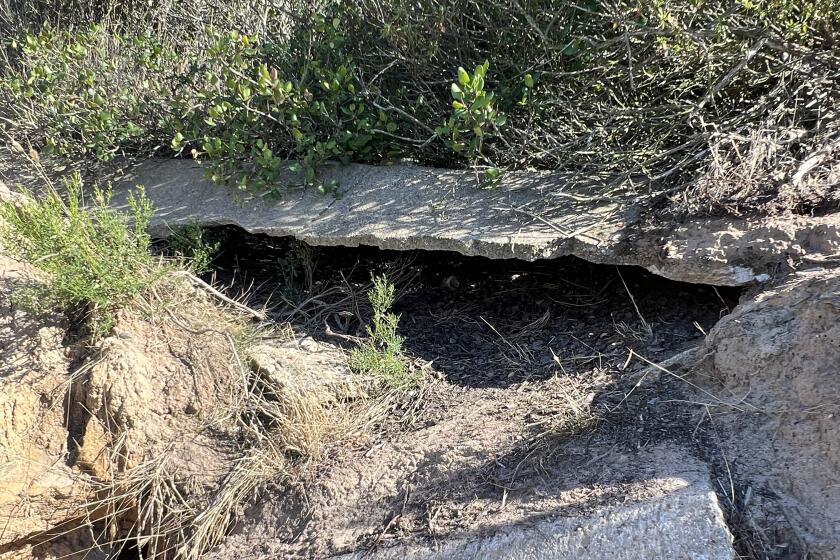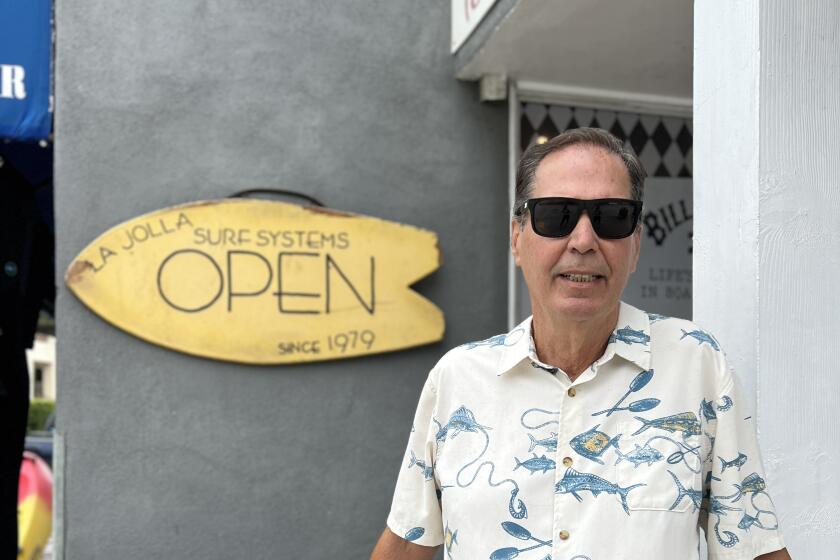Leaving San Diego? Series, Part 6: Envisioning a city of La Jolla — how would it work?
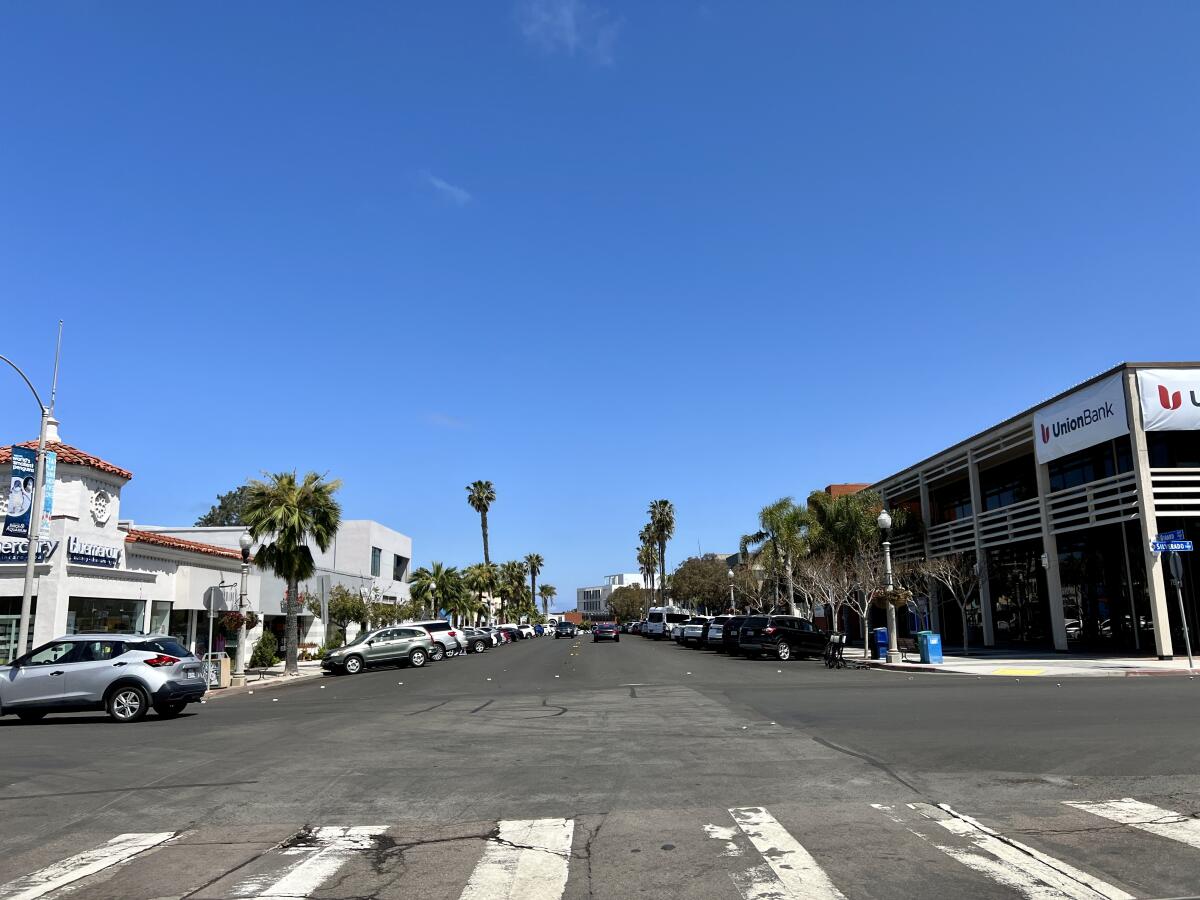
Take our poll: What do you think? Weigh in on La Jolla cityhood through the poll with this story.
The issue of whether La Jolla should secede from San Diego and become a city of its own is back in the spotlight with a new group shepherding the effort. In this series, “Leaving San Diego?” the La Jolla Light looks into the requirements for cityhood, the people behind the proposal and the potential local and regional impacts of a city of La Jolla. This sixth and final installment details what cityhood proponents envision.
If the Association for the City of La Jolla succeeds in its bid for La Jolla’s secession from the city of San Diego, what would the new Jewel look like? How would it be organized, what would stay the same (at least at first) and what would change?
Here, association President Trace Wilson and the five other board members lay out the group’s plans.
Local control
A city of La Jolla would be run by an elected mayor and a city council made up of representatives of five local districts, said Wilson, the association’s designated spokesman. There also would be a hired city manager and city attorney.
Three of the districts — La Jolla Shores, The Village and Bird Rock — are “no-brainers,” he said, while the two others would need to encompass Windansea, Muirlands, Mount Soledad, La Jolla Farms and other neighborhoods.
“Ultimately, we will need to look at the population very closely so that it’s balanced,” Wilson said. He added that The Village district might be expanded to include the Barber Tract.
Five council districts may mean that some of La Jolla’s “alphabet soup” of community planning and advocacy groups would be absorbed into the districts, Wilson said. Some, such as the La Jolla Shores Association and Bird Rock Community Council, could become leadership groups in those districts.
“Right now we have all these groups that often are not communicating and it makes it very difficult for the community,” Wilson said. Cityhood “is the only way to actually bring all the groups together,” he added.
Wilson imagines some other groups will remain, such as the La Jolla Community Recreation Group, which oversees the Recreation Center, and the La Jolla Village Merchants Association, which manages the Business Improvement District.
Self-governance for La Jolla means “we will have eyes on the street; we’ll have people that know their … neighborhoods, know what needs to be done,” Wilson said.
Cityhood backers have argued that La Jolla’s independence would save San Diego the cost of maintaining La Jolla — one of the city’s older neighborhoods — and that the money could be put to use in other areas of the city.
“I firmly believe that we should not be holding back San Diego right now with our own issues,” he said. “We should be dealing with them ourselves. Local governance is the only way to truly make an impact on and for San Diego.”
Services
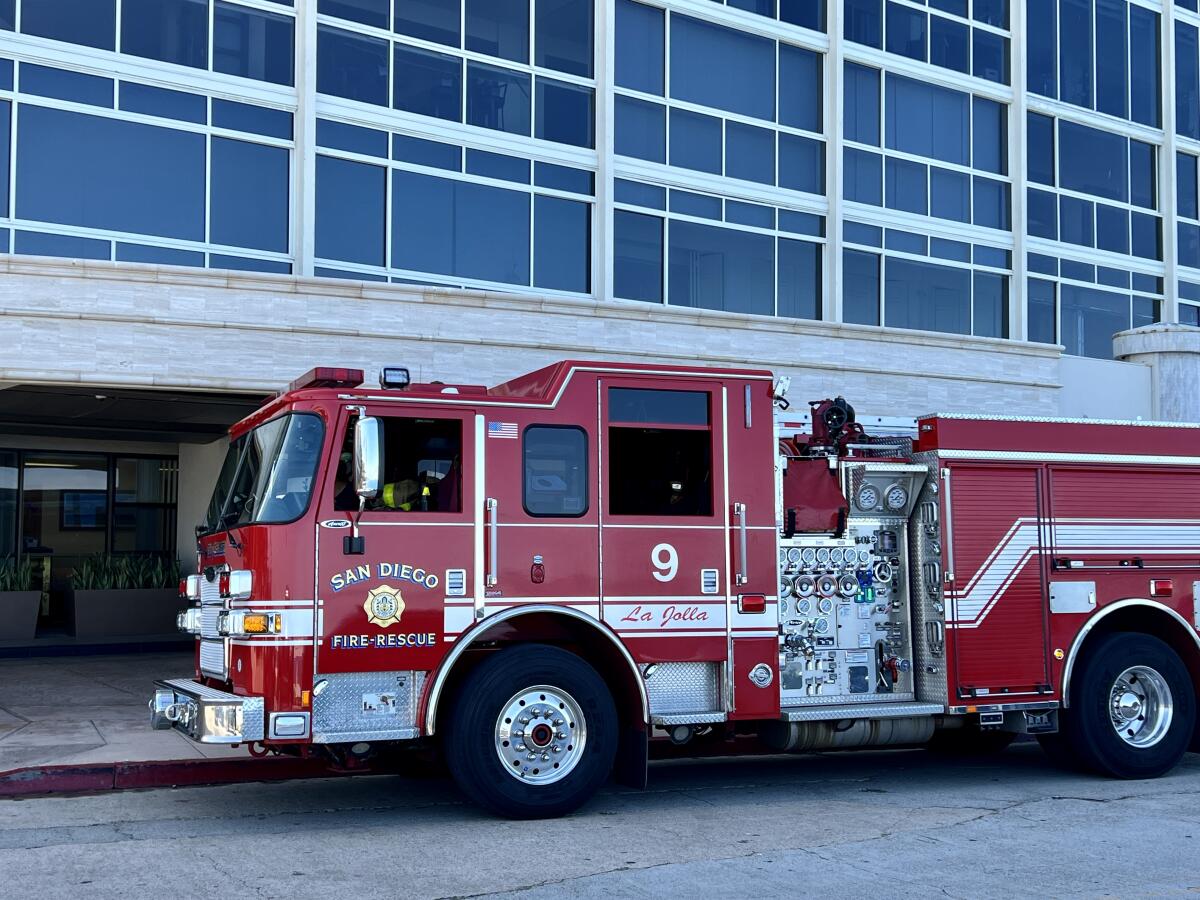
According to the association’s plan, La Jolla would establish its own departments of development services, planning, parks and recreation and others, housing them in a city hall at a location to be determined in The Village.
The new city would not provide all of its own services at first. It would lease public safety services — police, fire, lifeguards and ambulance (“the driving costs in any community,” Wilson said) — from San Diego, as well as environmental services such as trash collection and animal control.
Contracting with San Diego for police services would mean La Jolla would pay for its own dedicated team of officers, he said.
“There could be two or three cops that are here all the time, get to know the community, know what’s going on, feel the beat and be able to respond immediately,” Wilson said.
Public schools would remain under the San Diego Unified School District.
Utilities such as power and water would remain with the companies San Diego uses. Wilson said the association needs to research what franchise agreements with a city of La Jolla might look like.
All of this hinges on the results of a preliminary fiscal analysis currently being conducted by Richard Berkson of urban economics company Berkson Associates.
“When we get the fiscal impact analysis, then we’ll know what’s being spent and what we can afford vs. what we can offer to the city of San Diego to provide cash flow,” Wilson said.
The association hopes to see the fiscal report by July.
Then there is the issue of the hotly debated closures of the Children’s Pool and Point La Jolla to keep humans and pinnipeds separated. The Children’s Pool is closed to the public Dec. 15 to May 15 during the harbor seal pupping season. Point La Jolla is closed May 1 through Oct. 31 for sea lion pupping season, and San Diego plans to extend the closure to year-round starting in November.
Both closures were enacted through San Diego laws under long-term permits approved by the California Coastal Commission, which would need to be involved in any effort to change the terms.
“We don’t have a position on that right now,” Wilson said. “Ultimately, the city of La Jolla will make those decisions.”
First, however, there must be a city of La Jolla, and that can’t happen unless the financial analysis indicates it’s feasible and the San Diego Local Agency Formation Commission, which provides guidelines and assistance to area communities seeking to become cities, approves the plan.
Then the proposal would need majority approval of voters both within La Jolla and in the rest of San Diego. Such a secession of a community from a larger city has not happened in California at least since LAFCOs were established in 1963 and possibly much longer.
Plus, if the difference between lost tax and fee revenue from La Jolla and gains from service leases and cost savings to San Diego is estimated as a net loss for the larger city, La Jolla may need to pay San Diego over a certain time period to mitigate the loss.
‘Faster, cheaper and better’?
Wilson, an urbanist and architect who grew up in La Jolla and is involved in many ongoing civic projects, said he’s interested in “the macros in the urban world and where we’re going [globally].”
He said he’d like to help La Jolla transform from an “auto-based urbanism into a walkable, sustainable environment. My vision for La Jolla is to build the urban side into the future vs. mimicking where we’ve been in the past.”
The community is “moving into a world of shared transportation,” Wilson said. “We need to create corridors for biking and walking and scootering and alternative modes of transportation.”
A La Jolla that “understands density, understands a good mix of affordable housing and regular housing” will keep people of varying incomes “in The Village and make it vibrant, as it once was,” he said.
Others on the board tend to agree, but they identified various issues they look forward to seeing resolved under a city of La Jolla.
Janie Emerson, who also is president of the La Jolla Shores Association and describes herself as a “nuts and bolts” person, said she wants infrastructure and other local needs to be met should La Jolla become independent. She has lived in La Jolla since 1961.
“We know the needs of people in our area,” Emerson said. “San Diego is such a diverse community that addressing the needs of everyone with one entity is difficult. Every community needs their potholes repaired and the streetlights on. If we can afford to do this for the city of San Diego … they can reach the underserved areas.”
“I’m looking forward to this area being and looking wonderful for people to enjoy,” Emerson added. “This is one of the big draws for San Diego and we want it to be in perfect condition. The vision is not just for us; it is to do this so everyone that comes here has a healthy, happy experience.”
Member Diane Kane, a veteran of the La Jolla Community Planning Association, said a city of La Jolla would “deliver ... services faster, cheaper and better than what we are seeing now” by implementing new management strategies.
“My opinion is that the city of San Diego is miserably managed,” she said. “We wouldn’t be here if that wasn’t the case. There is a stickiness to the city processes. It can take years to get a permit and there is no code compliance.
“We would manage things differently by implementing a city manager form of government, someone to actually manage things. You have to have someone managing, pay them well and treat them right.”
Kane and Wilson have already begun work on a streetscape plan conceived by the Village Visioning Committee, a Community Planning Association ad-hoc group of Realtors, architects, engineers and others.
Kane also has been working behind the scenes to update applicable codes to increase opportunities for building residential units in areas where it is currently prohibited. She said she sees that as a foundational effort for when La Jolla becomes its own city.
Similarly, board member Ed Witt, who also is chairman of Enhance La Jolla — a nonprofit that has authority to enhance some services provided by the city of San Diego — said the services provided through The Village’s Maintenance Assessment District can provide a preview of what maintenance would look like in a city of La Jolla.
He thinks the new city would be run by knowledgeable people.
“We have all been places that are so well-maintained — that is our vision for La Jolla,” Witt said. “We want to further what we think will be a better San Diego through a better La Jolla.
“But what is important is what La Jollans want across the board. It will be up to the residents to outline their priorities and what they want.”
La Jollans have the expertise and skill sets to figure it out, he said. “The citizens are well-positioned to govern themselves and make the city more efficient.”
Member Sharon Wampler, who has a background in biotech and process development — “how things can be done better and more effectively,” she said — believes a city of La Jolla would have “stronger leadership, be more nimble and respond to resident requests more efficiently.”
She said there are challenges with city of San Diego operations in areas like development. “Builders, developers and private residents complain about the [San Diego] process,” she said. “It can be improved to serve everyone better, streamline the process and be managed better.
“We know things are complicated and require a lot of coordination, but there is project overrun, so it increases costs and timelines and results in things that don’t work. I think we could have better oversight on projects.”
Member Mary Coakley Munk, an advocate for park improvements and environmental causes, said: “I believe cityhood for La Jolla will benefit our entire region. The infusion of funds the city of San Diego will receive from the city of La Jolla will be significant. These funds will allow the city of San Diego to prioritize lesser-served communities in dire need of improved park and recreation facilities and amenities.
“Likewise, the city of La Jolla will manage and fund our local system of parks and beaches in order to provide improved facilities for all our visitors to enjoy.”
Original member Brenda Fake, who heads the nonprofit Friends of Coast Walk Trail, is no longer on the board, though she is still helping with the cityhood effort.
Fake said her full-time job and her volunteer work with Friends of Coast Walk Trail and the La Jolla Parks & Beaches board didn’t leave enough time to take on another commitment.

What if the proposal fails?
Should the bid for La Jolla’s cityhood be defeated, either because the fiscal analysis indicates the plan is not feasible or the effort fails to gain approval from LAFCO and the voters, the association will regroup, Wilson said.
He said the effort can bring “the community of La Jolla together and all these disparate groups [can] know exactly what’s going on and can move forward,” he said.
There could then be efforts to unite all of La Jolla in one maintenance assessment district, he said.
In any case, Wilson said, “perhaps our host city will pay more attention to our community’s needs.”
This installment wraps up this series, but the Light will continue to cover the quest for cityhood as it progresses. Members of the Association for the City of La Jolla will speak at the La Jolla Shores Association meeting at 6 p.m. Wednesday, May 10, online (lajollashoresassociation.org) and at the La Jolla Town Council meeting at 5 p.m. Thursday, May 11, at the La Jolla Recreation Center, 615 Prospect St. (lajollatowncouncil.org). ◆
Get the La Jolla Light weekly in your inbox
News, features and sports about La Jolla, every Thursday for free
You may occasionally receive promotional content from the La Jolla Light.




